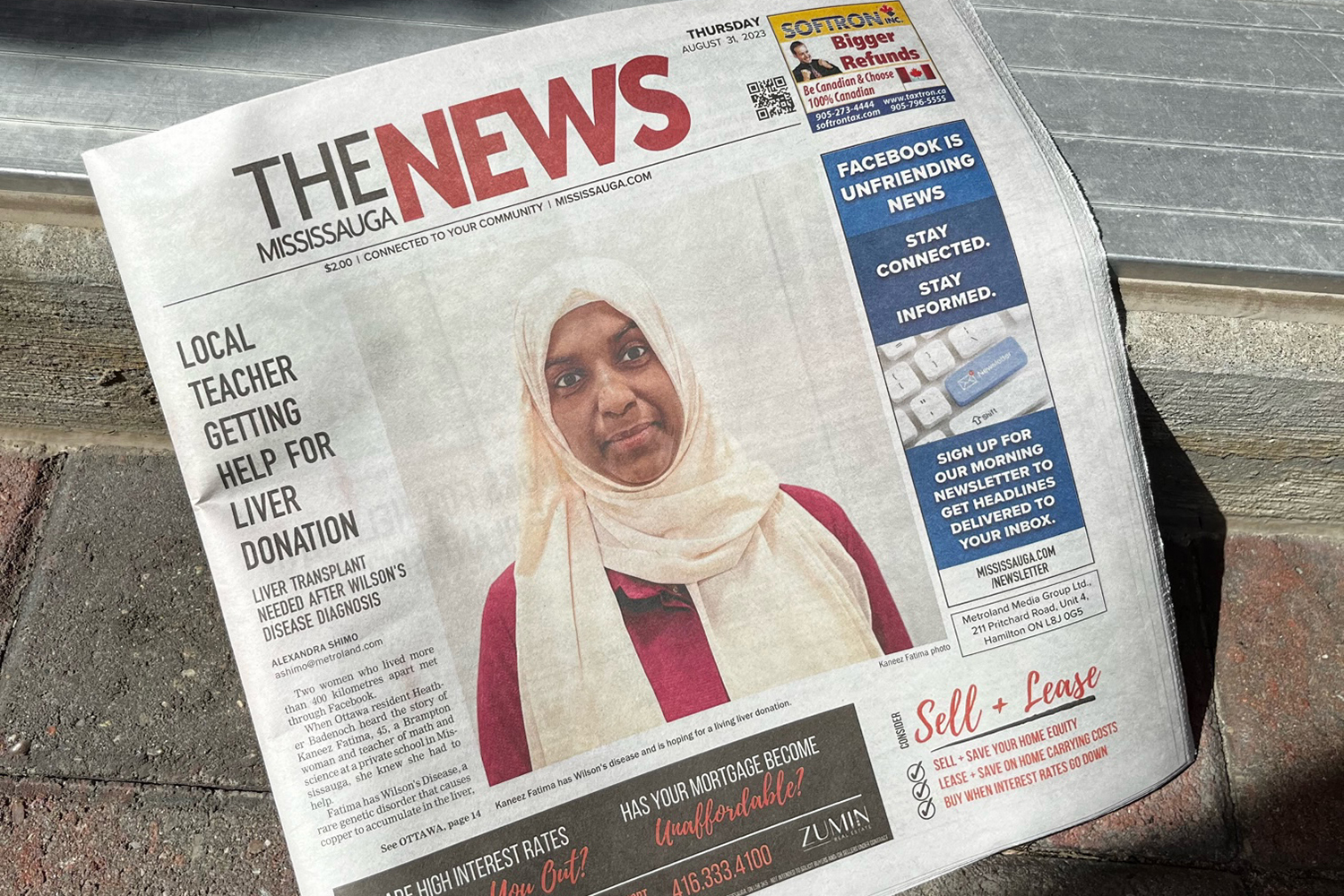An Unbiased View of News Articles
An Unbiased View of News Articles
Blog Article
Examine This Report about News Articles
Table of ContentsNews Articles Can Be Fun For EveryoneSome Known Questions About News Articles.News Articles Fundamentals ExplainedWhat Does News Articles Do?The Main Principles Of News Articles
Great understanding of different subjects provides students an one-upmanship over their peers. Despite the fact that electronic and social networks are conveniently accessible, we need to not forget how essential it is to check out the papers. Parents have to attempt and inculcate the routine of checking out a paper as an everyday regimen to proceed the tradition of the adored print medium.Information stories additionally consist of at least one of the adhering to vital features family member to the desired audience: closeness, prominence, timeliness, human rate of interest, anomaly, or effect.
Within these limits, information stories also aim to be comprehensive. Amongst the larger and a lot more respected papers, fairness and equilibrium is a significant variable in presenting information.
Newspapers with a worldwide audience, for example, have a tendency to make use of a much more formal style of creating. News Articles.; typical style overviews include the and the United States News Style Publication.
How News Articles can Save You Time, Stress, and Money.
As a policy, journalists will not use a long word when a brief one will certainly do. They utilize subject-verb-object building and construction and brilliant, energetic prose (see Grammar). They use stories, examples and metaphors, and they hardly ever rely on generalizations or abstract ideas. Information writers attempt to prevent utilizing the very same word a lot more than when in a paragraph (often called an "resemble" or "word mirror").
Headings in some cases omit the subject (e.g., "Leaps From Boat, Catches in Wheel") or verb (e.g., "Pet cat female fortunate"). A subhead (also subhed, sub-headline, subheading, subtitle, deck or dek) can be either a secondary title under the major heading, or the heading of a subsection of the write-up. It is a heading that comes before the primary message, or a group of paragraphs of the major text.

of a short article topic, source, or interviewee), it is described as a drawn quote or draw quote. Added billboards of any one of these types may appear later in the article (especially on subsequent pages) to lure additional analysis. Journalistic sites occasionally use animation strategies to swap one billboard for one more (e.g.
A Biased View of News Articles
Such billboards are also utilized as pointers to the write-up in other sections of the magazine or website, or as promotions for the piece in various other publication or websites. Press launch of the Swiss visit government. Regular framework with title, lead paragraph (summary in strong), other paragraphs (details) and contact info.
Example of a hard-lead paragraph NASA is suggesting one more space project. The spending plan demands approximately $10 billion for the task.
An "off-lead" is the 2nd most crucial front web page news of the day. To "hide the lead" is to start the post with history info or details of secondary importance to the visitors, forcing them to review even more deeply right into an article than they must have to in order to find the vital points.
News Articles Can Be Fun For Anyone
Typical use is that one or 2 sentences each develop their own paragraph. Reporters typically describe the company or structure of a newspaper article as an inverted pyramid. The crucial and most interesting elements of a story are put at the beginning, with supporting information complying with in order of lessening importance.
It allows people to explore a topic to only the depth that their curiosity takes them, and without the imposition of details or nuances that they might think about pointless, yet still making that details readily available to more interested readers. The upside down pyramid framework additionally makes it possible for write-ups to be cut to any kind of approximate size throughout design, to fit in the space available.
Some writers start their stories with the "1-2-3 lead", yet there are several kinds of lead readily available. A kicker can refer to multiple points: The last tale in the news program; a "delighted" story to end the program.
Longer write-ups, such as magazine cover articles and the items that lead the within sections of a paper, are understood as. Attribute stories vary from straight browse around this web-site news in numerous means.
The smart Trick of News Articles That Nobody is Talking About
The journalist commonly details communications with meeting topics, making the piece extra personal. A feature's first paragraphs typically connect an intriguing minute or occasion, as in an "anecdotal lead". From the particulars of a person or episode, its view promptly broadens to abstract principles concerning the story's topic. The section that signals what a feature has to do with is called the or billboard.
The Editor's Toolbox: A Referral Guide for Beginners and Professionals (2001) Allan M. Siegal and William G. Connolly. The New click for info York Times Manual of Design and Use: The Official Style Guide Made Use Of by the Writers and Editors of the Globe's Most Reliable Paper (2002) M. L. Stein, Susan Paterno, and R.
Report this page